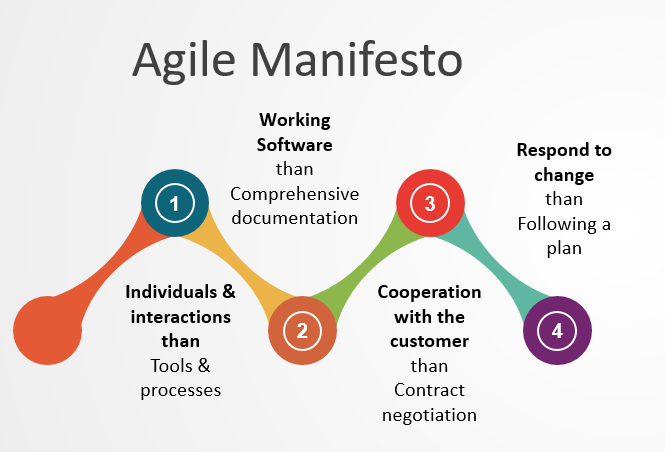· Software Development · 3 min read
The Hidden Cost of AI Coding: More Code, More Debt
AI-powered coding tools are accelerating development, but they’re also creating a surge in duplicated code and long-term maintenance burdens.

The Hidden Cost of AI Coding: More Code, More Debt
AI-powered coding tools have changed the way developers work. With a single prompt or keystroke, entire blocks of code appear like magic in the IDE. Need a function? The AI suggests one. Stuck on a tricky implementation? Autocomplete takes care of it.
But speed comes with a price. The rise of AI-generated code is quietly rewriting the rules of software development—sometimes in ways that contradict long-standing best practices.
The Growing Debt of AI-Generated Code
For decades, the Don’t Repeat Yourself (DRY) principle has been a guiding light in software engineering. Reusability, modularity, and clean abstractions reduce complexity and make systems easier to maintain. But with AI-assisted coding, we’re seeing a surge in redundant, duplicated code.
According to GitClear’s latest AI Copilot Code Quality report, code duplication has skyrocketed, with a 10x increase in repetitive multi-line blocks compared to just two years ago. Instead of reusing and refactoring code, developers are generating new code snippets—often without consolidating them into reusable modules.
Bill Harding, CEO of Amplenote and GitClear, notes that “Refactored systems, in general, and moved code in particular, are the signature of code reuse.” But in 2024, the trend is moving in the opposite direction—less refactoring, more duplication, and higher maintenance costs down the road.
More Code, More Problems
On the surface, AI-generated code makes developers faster. But when measuring long-term productivity, the story changes.
- The State of Software Delivery 2025 report from Harness found that developers are spending more time debugging AI-generated code than writing their own.
- Google’s DORA 2024 report revealed that while AI speeds up code reviews, it also reduces software delivery stability by 7.2%.
- Duplicated code leads to higher defect rates—because when one instance of a bug exists, it now exists in multiple places.
This isn’t just a technical issue; it’s an economic one. Bloated code increases cloud storage costs, slows down performance, and requires more testing to ensure reliability. Every unnecessary line added today is an additional maintenance burden for the future.
AI’s Role in Long-Term Software Quality
To be clear, AI coding tools aren’t the enemy. They’re powerful allies when used wisely. But developers and engineering teams need to rethink how they measure success. If productivity is measured only by lines of code added, AI will continue driving software toward unsustainable expansion.
Instead of blindly accepting AI’s first suggestion, developers should:
- Use AI for refactoring, not just generation. Tools like Cursor can help restructure code to be more modular.
- Prioritize maintainability over speed. The goal isn’t just to ship code faster—it’s to build software that lasts.
- Be intentional about reuse. Instead of copy-pasting AI-suggested snippets, integrate them into existing functions or refactor them into reusable components.
Final Thought: The Tab Key Isn’t a Silver Bullet
AI-assisted coding is here to stay, and it will only become more sophisticated. But just because code is easy to generate doesn’t mean it’s good. The best developers will be the ones who know when to hit ‘Tab’—and when to think twice.
Because in the long run, good software isn’t about how much code you write. It’s about how much of it you don’t have to rewrite.




